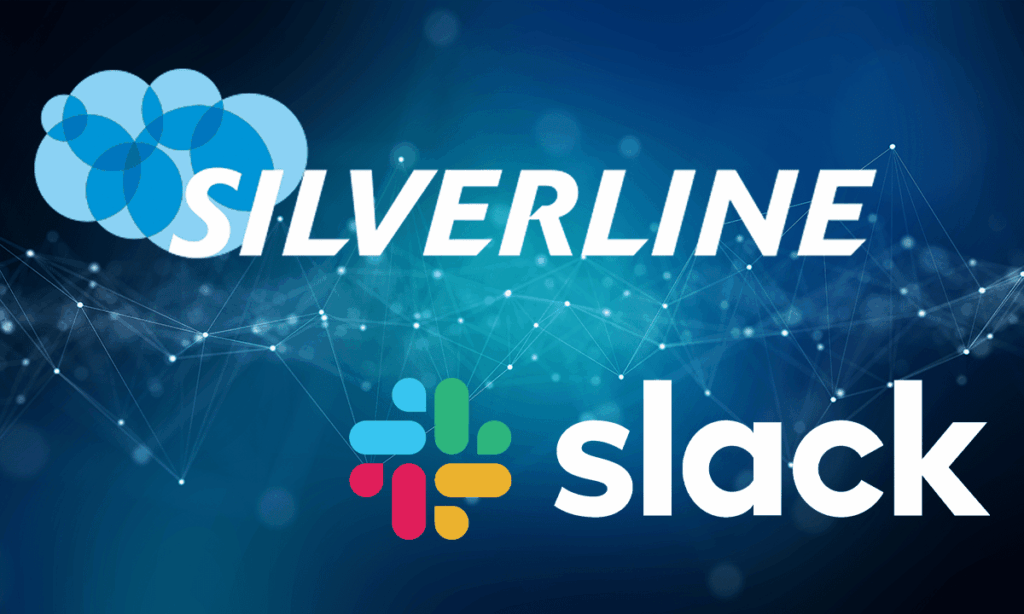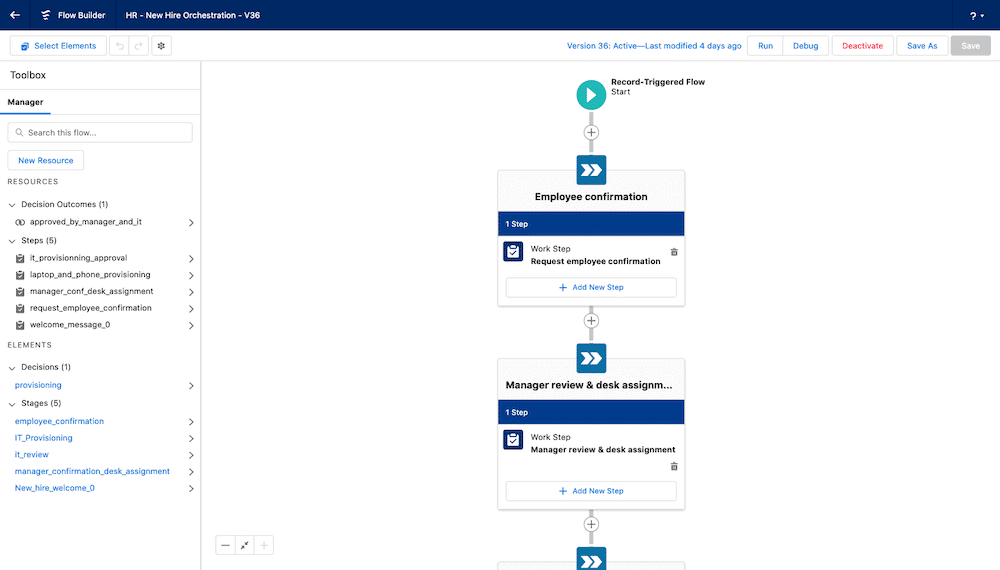Reading Time: 2 minutes
Most people know that cloud computing exists, but do not have an understanding of the fundaments concepts that separate cloud computing versus traditional IT infrastructure, i.e., in house hosted. Gartner defines cloud computing as a “style of computing in which scalable and elastic IT-enabled capabilities are delivered as a service using Internet technologies.”[1] In recent years enterprises have begun to transition from pricey, in house managed and hosted IT infrastructure to cloud based services.
Company’s leveraging the cloud are able to allow users to connect to remote IT infrastructure and access customized environments hosted via multi-tenant architecture with virtualized private environments without having to own or manage the hardware themselves – cloud service providers manage the physical devices and facilitate load balancing for the environments to accommodate bandwidth fluctuations. The Internet enables cloud computing to exist, without a connection to the Internet, offline capabilities are significantly limited and the user experience is diminished. With advances of virtualized environments, cloud offerings can have expanded to the following offerings:
- High Volume CPU processing (e.g., health science simulations)
- Flat file Storage (e.g., document and media repositories)
- Application hosting (e.g., on demand services, Netflix)
- Databases (Structured and Unstructured indexing)
- Workflow and Process Management (e.g., order fulfillment)
Looking towards the future, the rising cost of owning and managing in house IT infrastructure will only limit an organizations ability to scale with the evolving needs of their customers. In order to stay competitive, all enterprises will need to be able leverage the power and flexibility of the cloud. Cloud service providers will continue refine their offerings, releasing new services, products, and features, but more importantly develop comprehensive customer loyalty programs as the gap in the technical offerings between cloud service providers shrinks. These programs will become the key differentiators between cloud service providers, influencing customer acquisition and customer retention.
Want to learn more about Cloud Computing? Check out the services we offer.
[1] http://www.gartner.com/it-glossary/cloud-computing



